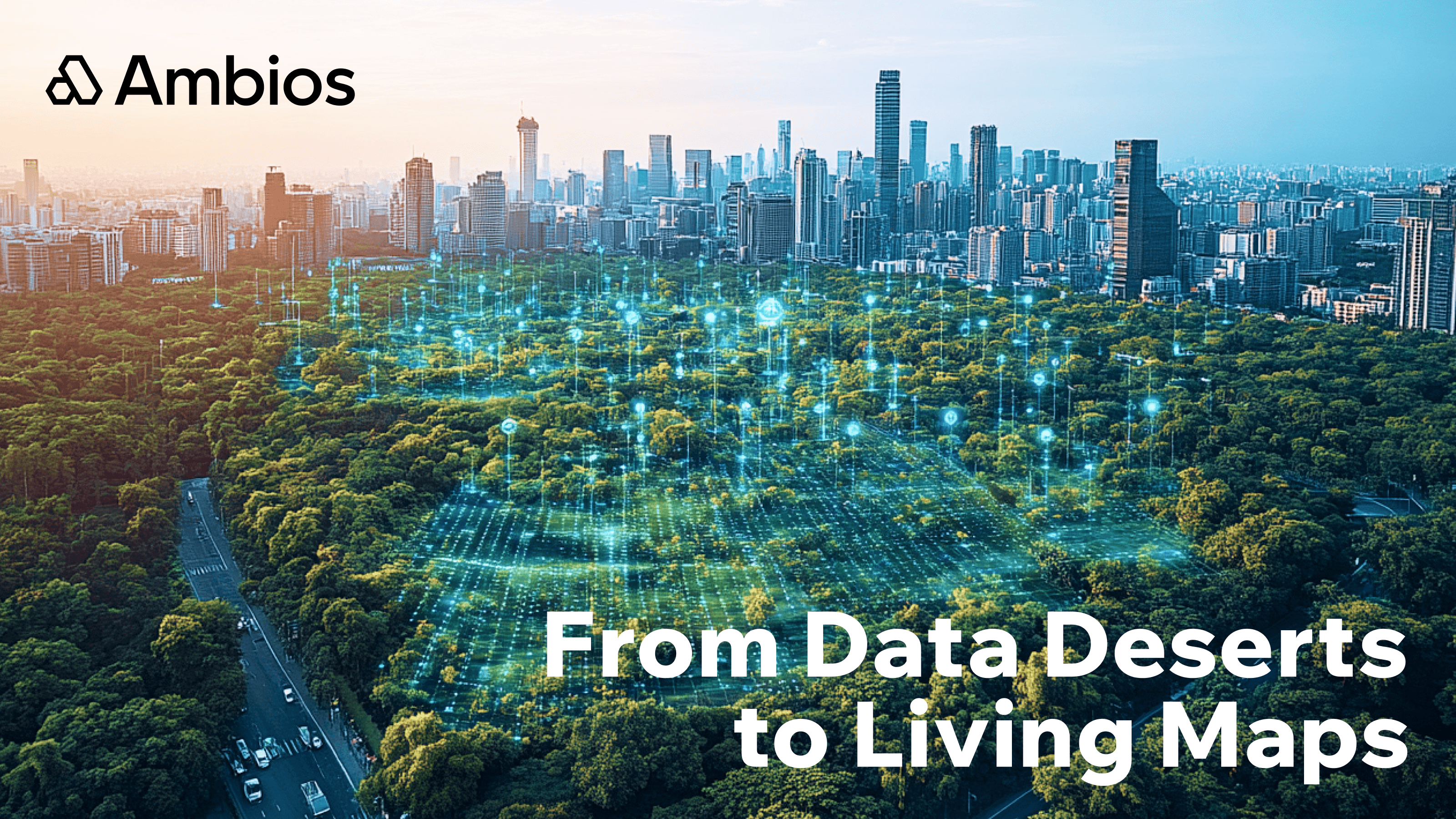The Citizen Sensor: Empowering Communities to Redraw the Environmental Map

In an era defined by global challenges like climate change and widespread pollution, the phrase “knowledge is power” has never been more pertinent. Yet, when it comes to understanding our immediate environment, access to granular, real-time data has often been fragmented, costly, or controlled by centralized entities. This information asymmetry can leave communities vulnerable, unable to advocate effectively for their own health and well-being. But a quiet revolution is underway, driven by a new kind of environmental hero: the citizen sensor.
This revolution is about empowering individuals and communities to actively participate in environmental monitoring, effectively redrawing the environmental map with hyper-local, transparent data. It’s about leveraging affordable technology and collective action to identify injustices, challenge official narratives, and drive tangible policy changes from the ground up. Projects like Ambios Network are at the forefront of this movement, transforming passive residents into active environmental stewards.
The Data Divide: Why Centralized Monitoring Falls Short
Historically, environmental monitoring has been the domain of government agencies, large corporations, or academic institutions. While their work is vital, it often comes with inherent limitations:
- Limited Density: Official monitoring stations are typically few and far between, especially in vast or economically underserved areas. This leaves significant “data deserts” where localized pollution spikes or long-term trends go unnoticed.
- Delayed Information: Data collection and reporting can be slow, meaning communities might not get real-time alerts about immediate threats like a pollution plume.
- Lack of Trust: When data is exclusively controlled by authorities or industries, communities can sometimes question its impartiality, especially if they perceive environmental issues affecting them directly.
- Cost Prohibitive: Deploying and maintaining extensive networks of high-grade monitoring equipment is incredibly expensive, making comprehensive coverage a luxury few regions can afford.
These limitations create a “data divide,” leaving communities disempowered and struggling to find evidence for what they intuitively know is affecting their environment and health.
The Rise of the Citizen Sensor: A New Paradigm
The citizen sensor movement is changing this paradigm by democratizing access to monitoring tools and data collection. Affordable, reliable sensors, combined with user-friendly platforms, empower everyday people to become active participants in environmental science. It’s a shift from “monitoring for communities” to “monitoring by communities.”
At the heart of this shift lies the power of decentralization. Networks like Ambios harness this power by providing:
- Hyper-local Granularity: Thousands of individual sensors, deployed in homes, businesses, and public spaces, create an unprecedented density of data. This allows for pinpoint identification of pollution hotspots that traditional networks would miss.
- Real-Time Insights: Data streams continuously, giving communities immediate awareness of their current environmental conditions, crucial for proactive health decisions.
- Affordability & Accessibility: By distributing the cost and effort of monitoring across many individuals, advanced environmental sensing becomes affordable and widely available.
Redrawing the Map: Narratives of Community Empowerment
The impact of arming communities with hyperlocal data is profound, leading to inspiring narratives of change:
- Identifying Hidden Injustices: In many urban areas, pollution disproportionately affects low-income communities or communities of color, often due to industrial proximity or traffic density. Without granular data, these “sacrifice zones” remain invisible. Citizen sensors can provide the hard data to expose these environmental injustices, empowering residents to demand equitable solutions and accountability from polluters or policymakers. Imagine a neighborhood able to prove, with objective data, that air quality near their schools is consistently worse than in affluent areas, sparking action for targeted regulations or green infrastructure.
- Challenging Official Narratives: Sometimes, official reports might paint a picture of “acceptable” air quality, even when residents experience high rates of respiratory illness. Citizen-collected data can serve as a powerful counter-narrative, prompting re-evaluation of official methods or revealing localized problems missed by larger-scale monitoring. This transparency can push authorities to acknowledge issues and work collaboratively with residents.
- Driving Local Policy Change: Armed with their own data, communities can transform anecdotal complaints into evidence-based proposals. Whether it’s advocating for stricter emissions controls on a local factory, implementing new zoning laws to protect residential areas, or campaigning for more green spaces, hyperlocal data provides the undeniable proof needed to drive policy changes that genuinely reflect community needs. For example, a community group might use their sensor data to demonstrate the effectiveness of a new traffic calming measure or the impact of a new park on local air quality.
- Empowering Health Decisions: On an individual level, the citizen sensor empowers personal health management. A family can monitor their indoor air quality to identify triggers for asthma, optimize ventilation, or choose safer cleaning products. This personal insight leads to healthier homes and a better quality of life.
Ambios Network: Fueling the Citizen Sensor Revolution
At Ambios Network, we are dedicated to fostering this citizen sensor revolution. We provide accessible and affordable sensors (like the IN5 and Sensedge Mini for just $99), user-friendly apps (like AmbiGo!), and a robust decentralized infrastructure to collect and distribute environmental data. We believe that when individuals are empowered with accurate information about their environment, they become catalysts for change.
Our network is growing, built by thousands of individuals contributing their unique local insights. This collective effort is not just about measuring; it’s about transforming awareness into action, holding power accountable, and ultimately, building a healthier, more equitable, and sustainable future, one community at a time. The environmental map is being redrawn, and this time, the citizens are holding the pen.